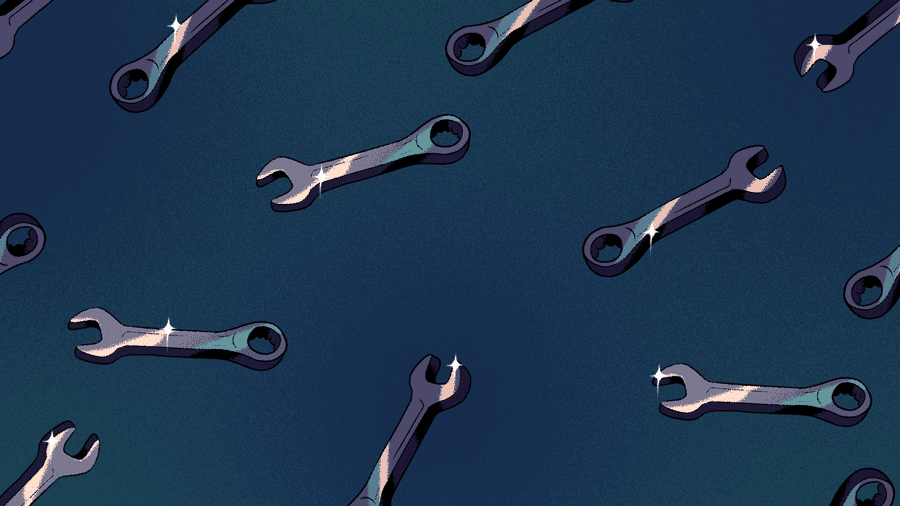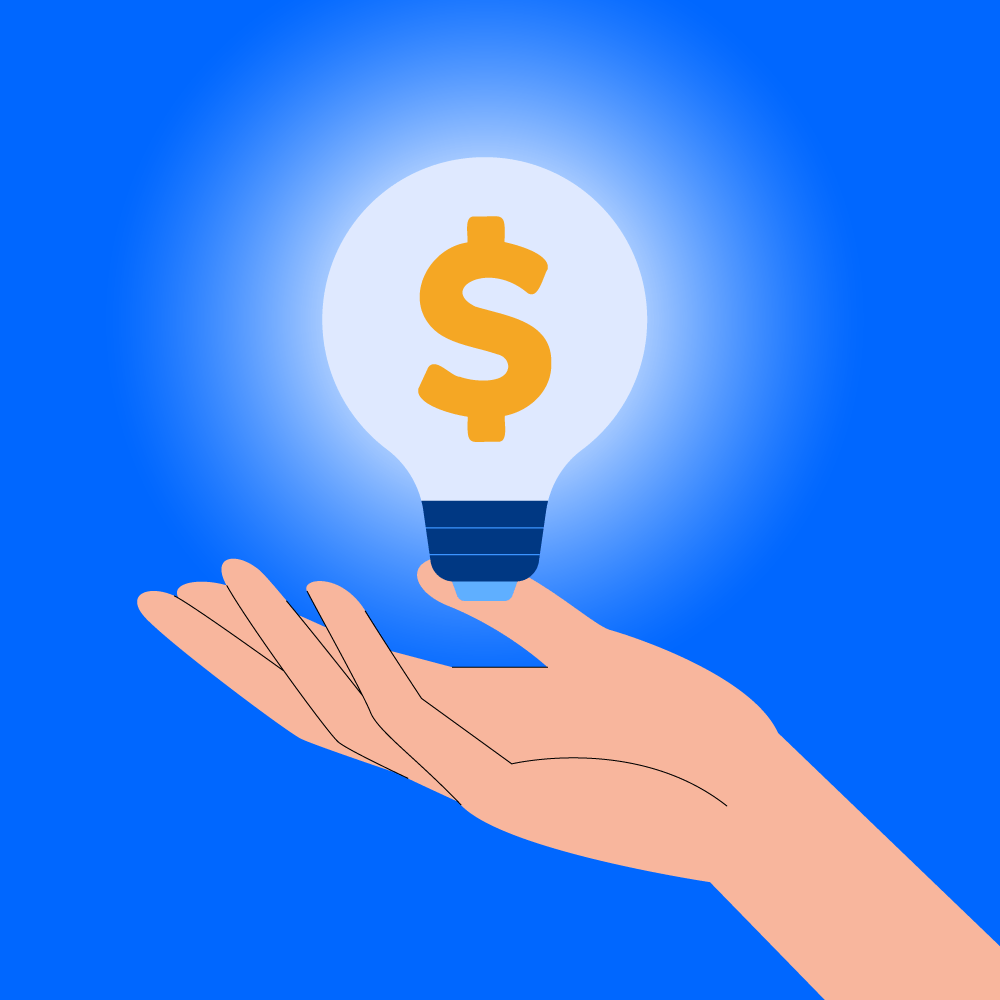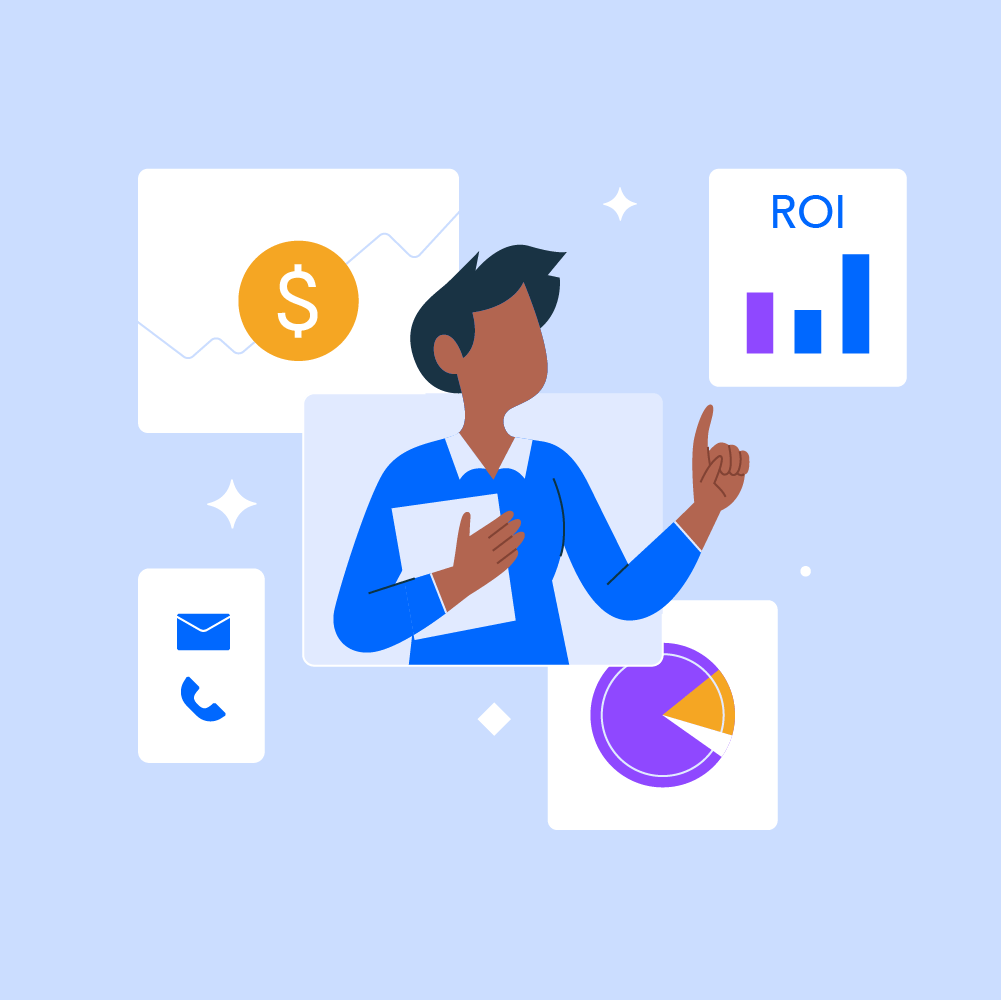There are millions of young people around the world who’ve never navigated without the help of a GPS.
I’m not one to judge. I use Google Maps every time I need to get somewhere. If I don’t, I worry that I’m not taking the most direct route, that I’ll get lost and have to backtrack, or worse, ask someone for directions. And that’s a great example of what’s lost when we constantly rely on automated and regimented features in our daily lives—innovation.
Start building your entrepreneur toolbox and upgrade to Crunchbase Pro.
If you use a map application to take you everywhere you want to go, you’re losing the ability to navigate on your own. It makes it tough to look at a route, figure it out, and find pleasure in getting somewhere without technology.

“It’s Spacetime!” (2018), 36×48”, RFX1, Blockchain Art Collective
Irregular situations (like getting lost) tend to pop up less and less as automation takes over our lives. I worry we’ll reach a point where people simply don’t have those moments of spontaneity and inventiveness.
But these moments are needed now more than ever. Here’s why:
Creativity fuels the progress of innovation
Our culture is trying to teach creativity out of people, especially from a young age.
If your skills or interests don’t align with a prescribed way for making money, they’re deemed non-essential. We’re incentivized to sideline those pursuits in order to work on more “realistic” goals—something with a clear path to making the most money.
But people need the freedom to be creative and innovate in order to build a better future.
After innovation comes automation, which is a closed system. It can’t create something new for us. All the tech advances we’ve come to rely on so heavily—and take for granted—were thought up by humans. Progress and change are fueled by inventiveness. When we forget that, we risk falling into the trap of allowing our technology to do everything for us.
Creativity and innovation are more powerful when technology is involved. However, we can’t replace them entirely and assume we’ll continue to make progress.
Automation makes it difficult to break the rules

“Untitled” (2018), 30×43”, Cryptograffiti
People begin to fall under a spell when they rely on automation. They don’t have to think as much. And when that happens, their skills and abilities can atrophy.
Even the FAA has come to the conclusion that pilots are relying too much on automation. The problem is that they don’t have the necessary skills to take over in dangerous situations when the system fails.
As we offload or delegate more of our day-to-day tasks, we think about those decisions less. And there comes a point where this kind of automation drains our creativity. Think about the complaints most employees have with upper management. “They’re out of touch. They don’t get it because they’re not the ones doing the work.”
In a sense, people train their brains to be those out of touch managers—uninvolved in the day-to-day business.
We have to give ourselves room to actually use our minds and our creativity if we want them to be good for anything. If we want continued innovation, disruption, and rule-breaking, then we can’t be on autopilot.
Balancing creativity and automation allows room for play
Of course, automation isn’t going anywhere. And it has allowed us to become more efficient and secure in ways we could never have imagined just a few decades ago. Gaining more time in your day because you no longer have to focus on the most trivial of tasks is a blessing in many cases.
But as we’ve seen with basic math and navigation skills, it can be taken too far. We need to strike a balance between the technology that’s helping us, and the new technology that’s actively making it more difficult for us to be creative, to play with the rules, and even break them when necessary.
When everything begins to feel premeditated, creativity helps you break free.
You don’t need more apps or tech to think for you. You need to figure things out on our own because that’s how you stay sharp. We all have to do more to stay mentally active and reject the passivity of an overly-automated culture.
There are points of no return. No individual can’t stop the pace of tech growth, but we can collectively think carefully about how we’re using it. Not everything we create will be adopted correctly. In fact, just about every advancement in technology has been used for its worst possible purpose by someone around the world.
But in order to consider how people will actually use new technology to build the future, it takes a creative and nimble mind—one that isn’t totally reliant on apps.
Jacqueline O’Neill is the Founder and CEO of Blockchain Art Collective, a company that provides unparalleled provenance tracking to artists, collectors, dealers, and institutions. Trained as a visual artist, she is an avid photographer having produced work for The New Yorker and exhibited in Brooklyn, NY. She has also led projects for the American Museum of Natural History, the Council on Foreign Relations, the Clark Art Institute, and JP Morgan Chase, among many others.






